Moroccan Traditional Dishes You Won’t Find in Restaurants
Morocco, a land of rich traditions and vibrant flavors, offers a culinary heritage as diverse as its landscapes. While internationally known dishes like couscous and tagine take center stage, many beloved Moroccan recipes remain tucked away in family kitchens — rarely seen on restaurant menus. These hidden gems, often prepared during special occasions or passed down through generations, hold a special place in the hearts of Moroccans. Today, let’s take a closer look at these lesser-known but deeply cherished dishes that reflect the true soul of Moroccan home cooking.
1. Berkoukesh
Berkoukesh is a traditional Moroccan dish, particularly enjoyed during the winter months. Similar to couscous but with a coarser texture, it’s made from larger grains of pasta, giving it a heartier and more substantial feel. Typically prepared as a thick soup or a main dish, it’s cooked with a variety of vegetables, meat (often lamb or chicken), and aromatic spices.
While Berkoukesh is a cherished comfort food in Moroccan homes, it is not commonly found in restaurants. Its preparation requires patience and care, as it’s often slow-cooked to allow the flavors to develop fully. This dish is deeply rooted in rural Moroccan traditions and is more often served during family gatherings or special occasions.
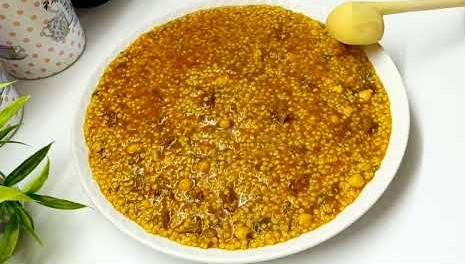
2. Seikouk
Sikouk is a traditional Moroccan dish that is not widely known outside of Morocco. It is a delicious dish that is particularly popular in the southern regions of the country and is often prepared for special occasions. The dish is made with simple ingredients like meat, vegetables, and aromatic spices, and it can vary slightly depending on the region in which it’s prepared.
You can include Sikouk in your blog post “Morocco’s Forgotten Flavors: Traditional Dishes You Won’t Find in Restaurants” to highlight its rich cultural and historical significance. It’s a great example of the kind of traditional dish that might not make it to the menus of restaurants but is cherished in local communities.
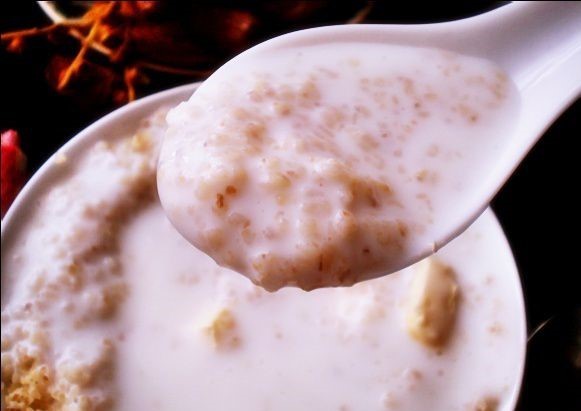
3. Harira Beldiya with Green Fava Beans
Harira Beldiya with Green Fava Beans is a traditional Moroccan soup that showcases the seasonal bounty of spring. Unlike the classic harira made with chickpeas and lentils, this version features fresh green fava beans (الفول الأخضر), offering a tender texture and vibrant color. The soup is enriched with tomatoes, onions, celery, and a blend of aromatic spices such as turmeric, ginger, and cinnamon. It’s typically thickened with a mixture of flour and water, creating a hearty and comforting dish.
This variation of harira is particularly popular in rural areas and is cherished for its ability to nourish the body during the cooler evenings of spring. Due to its seasonal nature and the use of fresh, local ingredients, it’s a dish that is rarely found in restaurants, making it a perfect example of Morocco’s rich culinary traditions that are often enjoyed within the home.
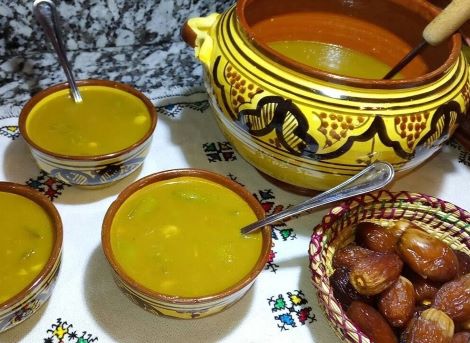
4. Herbel
Herbel (also spelled H’rbil) is a traditional Moroccan wheat porridge cherished in homes, especially during festive occasions like Eid al-Adha and Eid al-Fitr. Made from whole wheat grains that are soaked overnight and then slow-cooked in water and milk, it’s sweetened with honey and often flavored with orange blossom water, butter, and cinnamon. This comforting dish is typically enjoyed warm for breakfast or as a soothing evening meal. Due to its time-intensive preparation and deep cultural roots, Herbel is rarely found on restaurant menus, making it a quintessential example of Morocco’s rich home-cooked culinary traditions.

5. Fattat (فتات): A Moroccan Comfort Dish with a Twist
Fattat is a traditional Moroccan dish made by soaking pieces of bread in a rich broth of chicken, lamb, or vegetables. However, a regional variation uses الشطبة (chatba), a hand-cut pasta dough, instead of bread, giving the dish a unique texture while maintaining its comforting essence. The term فتات (ftat), meaning “crumbs,” reflects the small pieces of dough that absorb the flavorful liquid. This variation shows how Moroccan cuisine adapts to local ingredients, making it a warm, nourishing meal enjoyed during cooler months or special occasions.
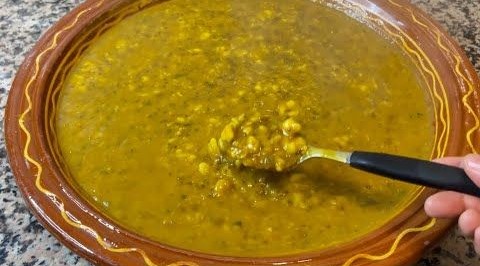
6. Rfisa with Harcha
Harcha is a traditional Moroccan semolina bread that offers a delightful combination of crispiness on the outside and a soft, tender interior. Typically enjoyed for breakfast or as a snack, harcha is made with semolina, butter, and a touch of sugar or salt, depending on whether it’s being served sweet or savory. It is often cooked on a griddle, creating a golden-brown crust that contrasts beautifully with its soft, crumbly texture inside.
This beloved bread is commonly paired with tea or served alongside savory dishes, like stews and soups. Though it’s a staple in many Moroccan homes, harcha is not often seen in restaurants, making it a true example of Morocco’s home-cooked culinary heritage. Its warm, comforting presence makes it perfect for cool mornings or evenings, offering a taste of Morocco’s rich food traditions passed down through generations.
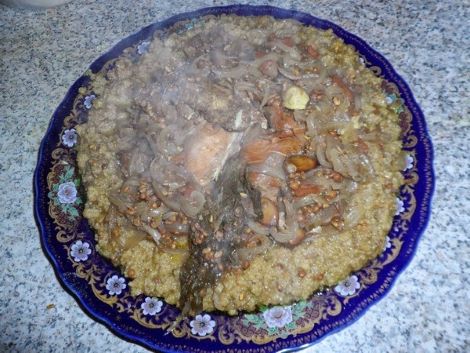
7. Couscous with Harsha – A Unique Moroccan Comfort Dish
Couscous with Harsha is a traditional Moroccan dish that combines two beloved staples: couscous and harsha. While couscous is a well-known dish served with meats and vegetables, harsha is a type of semolina bread enjoyed with butter and honey, typically for breakfast or as a snack. This unique combination showcases the versatility of Moroccan cuisine and the creative ways in which different dishes can be paired.
The dish is prepared by steaming couscous and serving it alongside warm, freshly made harsha. The couscous is often accompanied by a variety of vegetables and meats, creating a hearty and satisfying meal. The harsha adds a delightful texture and flavor, complementing the couscous and enhancing the overall dining experience.
Couscous with Harsha is a dish that is typically prepared in Moroccan homes, especially in rural areas, and is cherished for its comforting qualities and the sense of tradition it evokes. Due to its preparation method and the time required, it is not commonly found in restaurants, making it a perfect example of Morocco’s rich culinary heritage that is often enjoyed within the home.
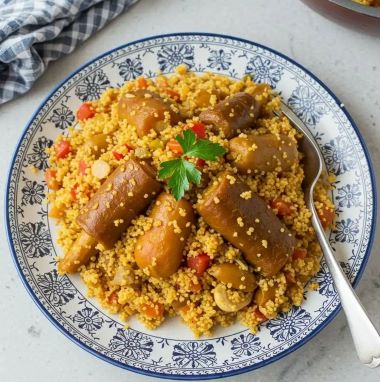
Why These Dishes Aren’t Often Found in Restaurants
While traditional Moroccan dishes like Fattat and Harira Beldiya with Green Fava Beans are staples in many homes, they are rarely found in restaurants. This is mainly because they are deeply rooted in local, familial traditions and often require specific, seasonal ingredients or cooking methods that are more common in rural areas. These dishes are typically made with love and care in home kitchens, passed down through generations, and are best enjoyed in the comfort of family gatherings. Their unique preparation and the time it takes to create them make them a cherished part of Moroccan culinary heritage, but not something commonly served in restaurants.
Plan Your Desert Adventure in Morocco
Experience the magic of Morocco. From starlit desert adventures to intimate rooftop dinners, Morocco offers the perfect must-see attractions for your holidays. Let this enchanting destination be the backdrop to your love story.
